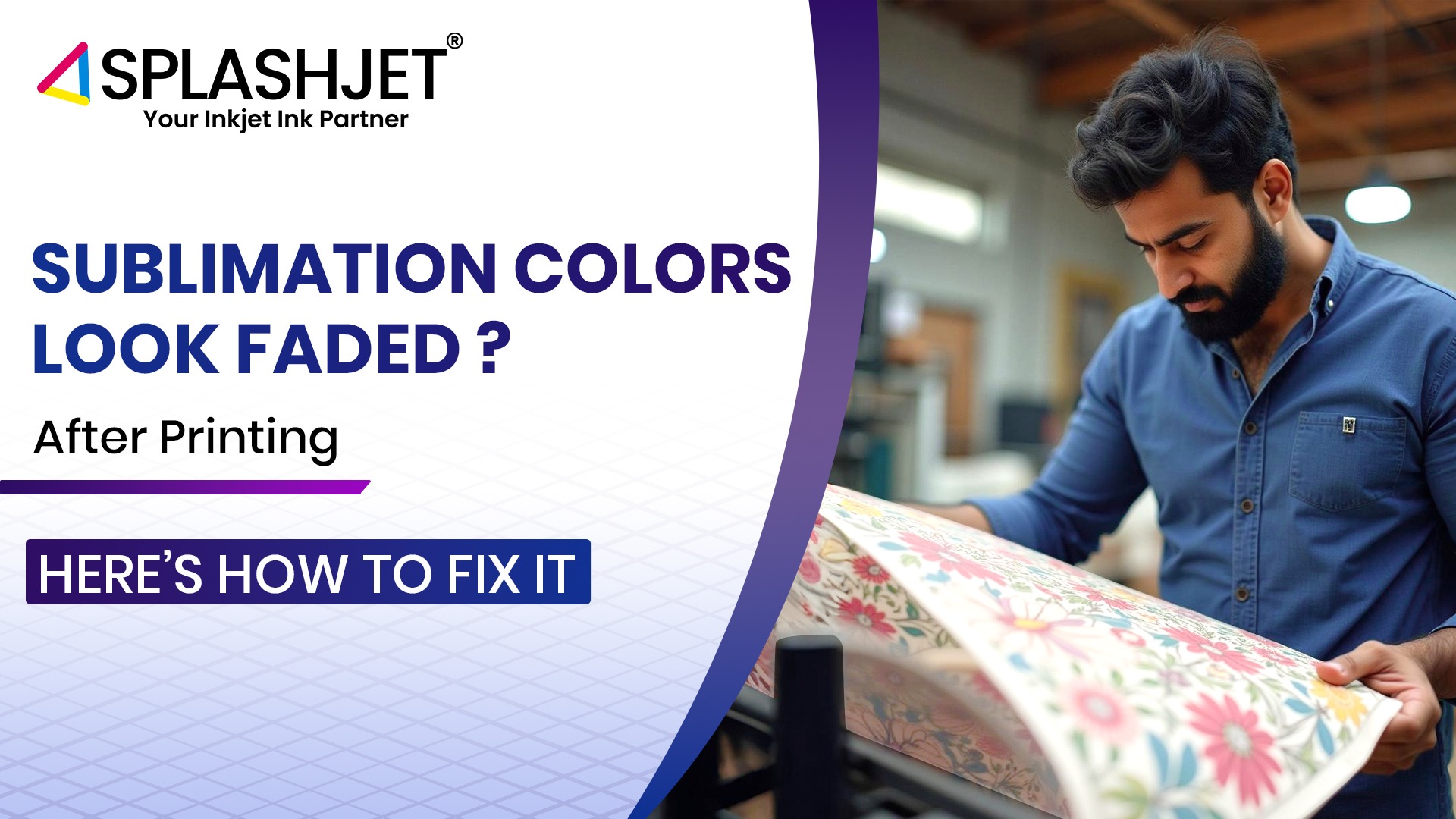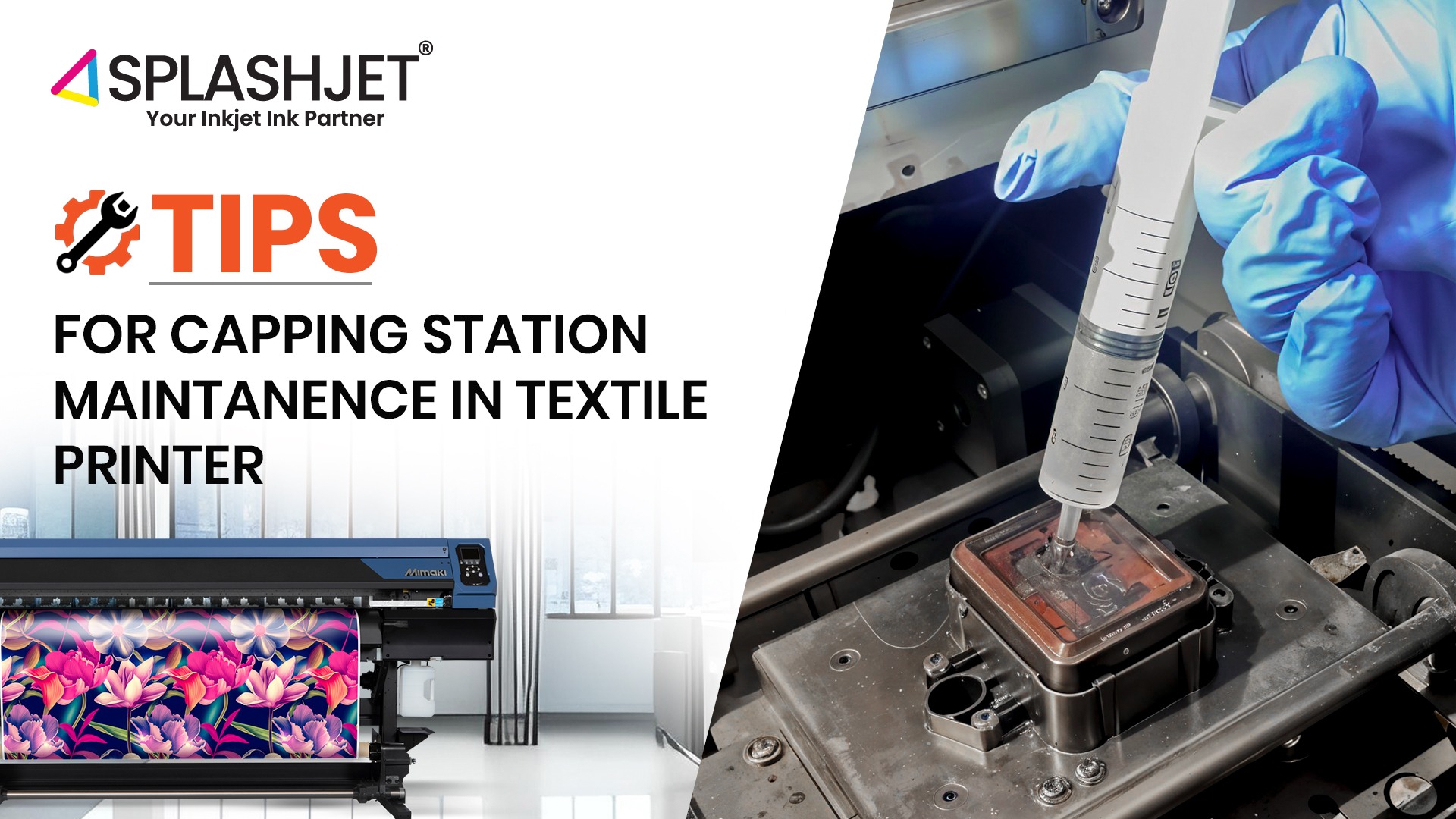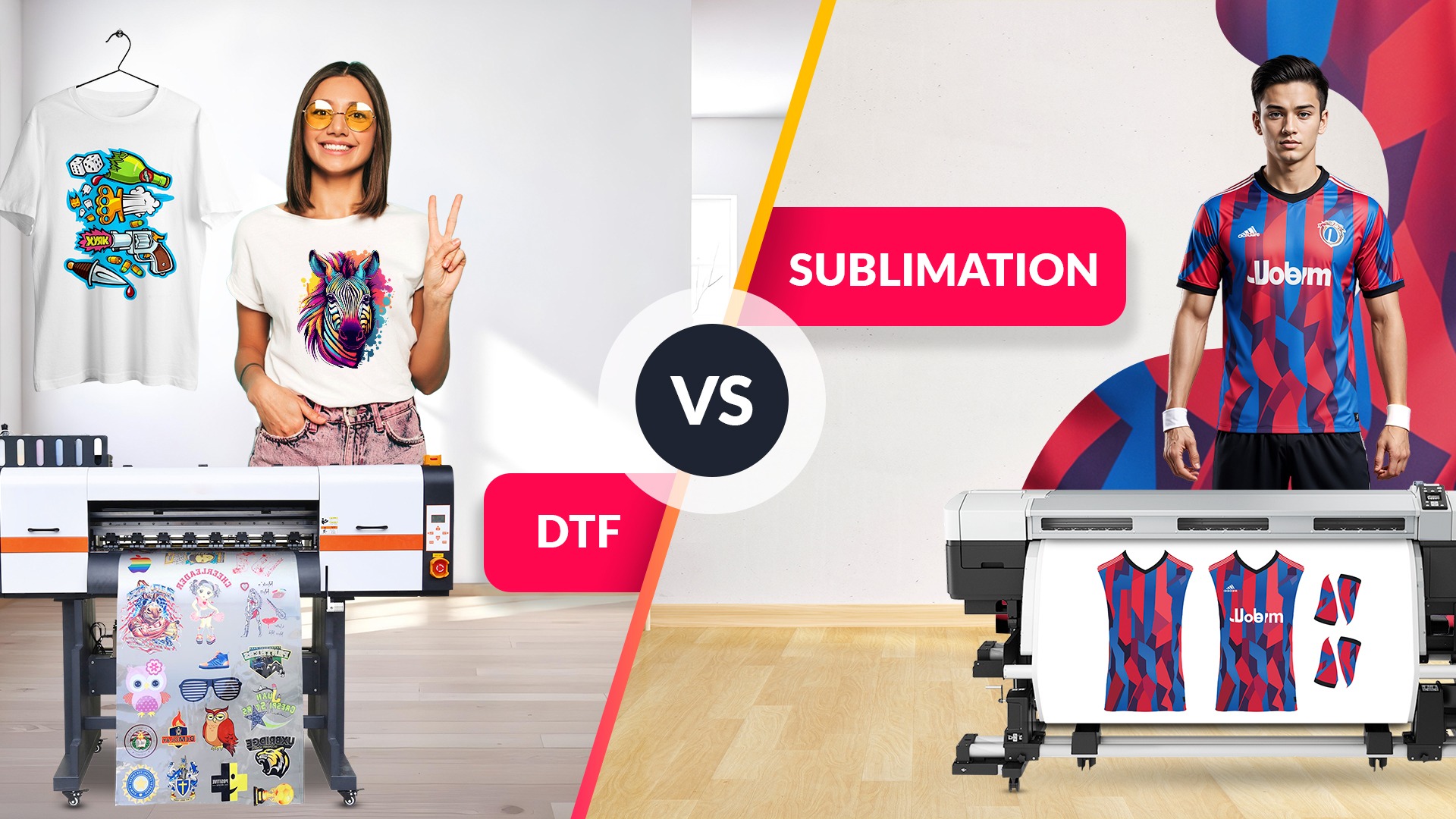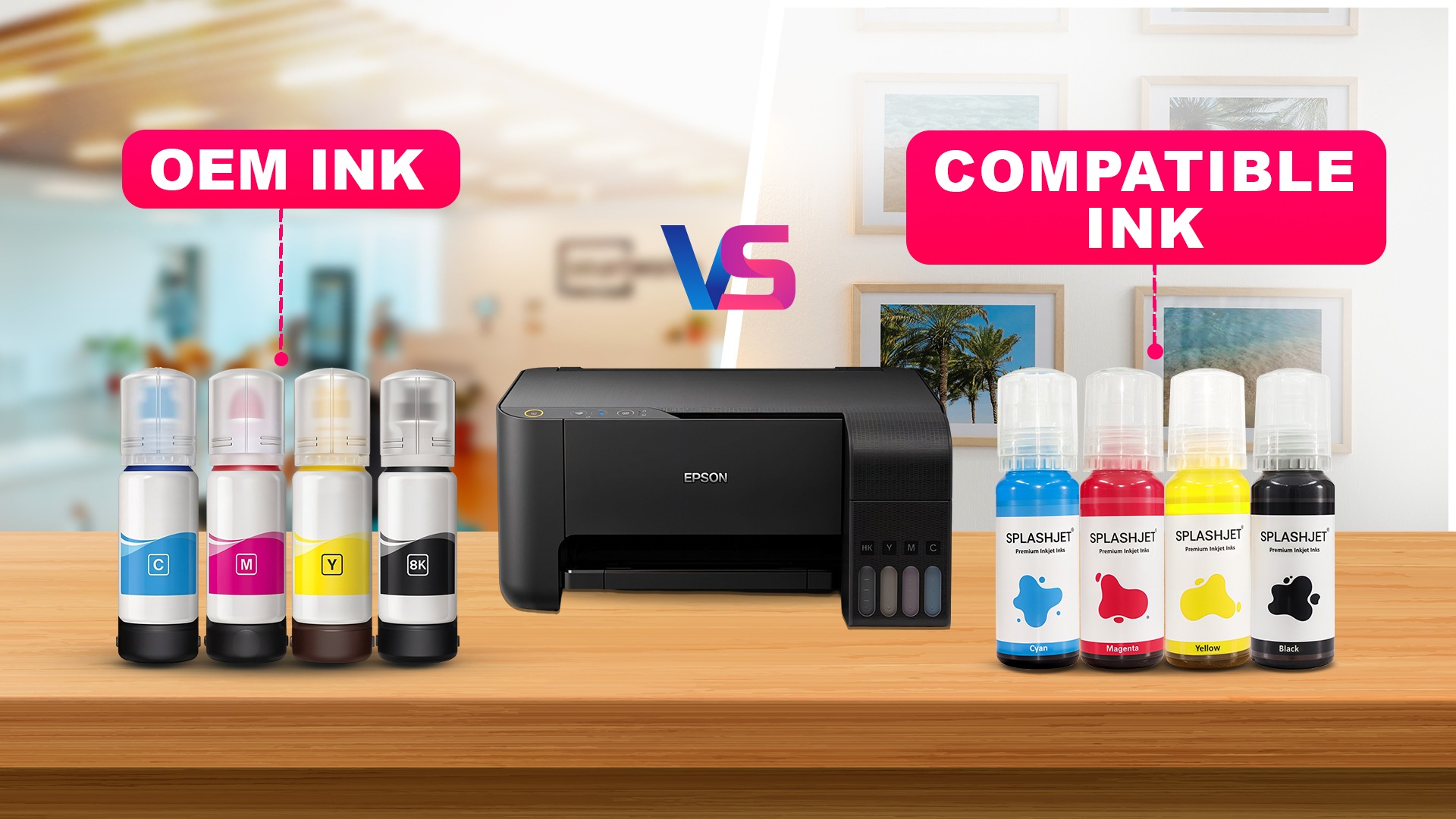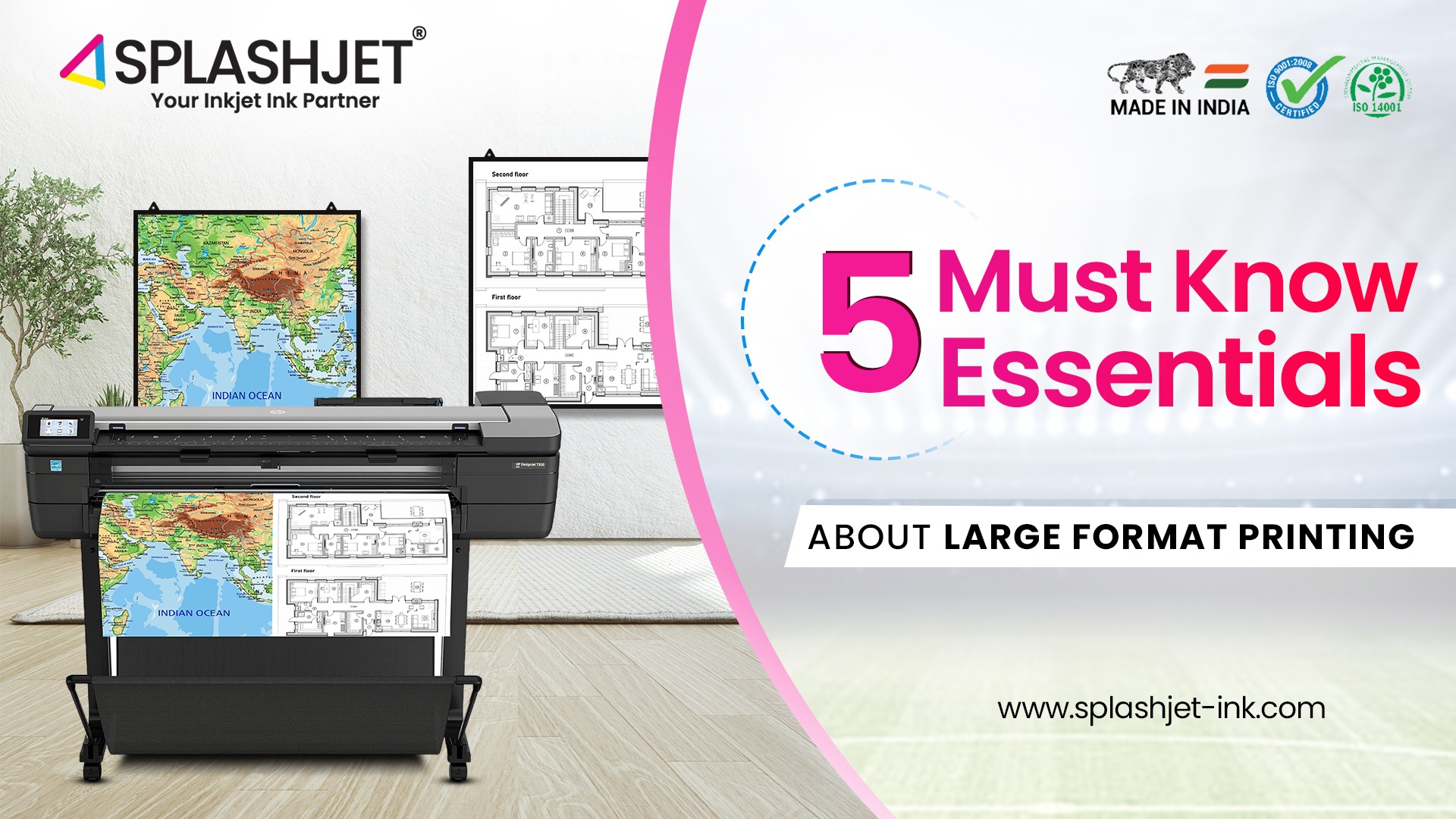
Large-format printing isn’t just about scale—it’s about perfection in every inch. For those already familiar with the basics, the next step is mastering the finer details that elevate your projects. From selecting the ideal ink and media to optimizing the print resolution and ensuring consistent printer performance, every decision shapes the final product.
Let’s dive into these advanced insights and strategies to help you produce prints that not only meet but exceed expectations, leaving a lasting impression every time.
1. Choosing the Right Media
Based on the application, selecting the right media becomes a crucial step. Having a good knowledge of the type of inkjet media is essential but more critical is the quality of the media and the performance of the printed result. For instance, you would like to reproduce high-quality art with vivid colors and maximum details thus selecting the Canvas Media would be a perfect option as it offers a textured, durable surface that enhances the depth and richness of colors.
We have mentioned the most commonly used media types in Large Format Printing. This will give you an idea of what type of media one should select to achieve better results.
| Media Type | Applications | Output result |
|---|---|---|
| 1. Paper | Document, CAD / CAM Designs, etc. | Crisp & Clear Text or image, high-resolution |
| 2. Glossy Photo Paper | Professional photo prints, promotional materials, posters, and portfolio | Sharp, vibrant colors, and a gloss finish |
| 3. Matte Photo Paper | Photography prints, fine art, presentation materials, certificates. | Soft and glare-free, non-reflective finish, high detail. |
| 4. Satin Paper | Portraits, posters, and high-end advertising materials. | Vibrant shine of glossy & subtle texture of matte |
| 5. Vinyl | Banners, outdoor signage, vehicle wraps | Excellent durability, vibrant prints, weather resistance |
| 6. Canvas | Art reproductions, photography, and home décor. | Premium texture and color depth, professional art prints |
| 8. Film | Backlit displays, light boxes, window graphics | Bright, vivid colors, sharp details |
| 9. Fabric | Flags, indoor banners, soft signage | High-quality, soft, and vibrant prints |
| 10. PVC | Outdoor signs, exhibition graphics, displays | Durable, sharp prints, vibrant colors |
2. Ink Considerations
After the media selection, the second most important step is the selection of ink. This is solely dependent on the selection of media and the choice can significantly impact the quality, durability, and overall appearance of your prints. Each ink type has its own merits. When chosen correctly and on the right media the application can be achieved successfully. Let’s take a look –
- UV-Curable Inks – Perfect For Outdoor Signage, Industrial Applications, & printing on rigid surfaces.
- Solvent Inks – Perfect For Outdoor Banners, Vehicle Wraps, Signages
- Eco-Solvent Inks – Perfect For Indoor / Outdoor Prints & Signages
- Latex Inks – Perfect For Indoor/Outdoor Applications, Posters, Banners.
However, as the industry is becoming more conscious about the environmental impacts of these inks, the urge of having a more sustainable ink option tilted the needle towards the Aqueous (water-based) inks.
Aqueous Inks are one of the safest inks available in the market and suitable for almost all indoor printing needs such as photo printing to indoor signages. With formulations advancements over the last decades, the water-based inks have truly changed the industry perspective.
Here we have listed types of water-based inkjet ink-compatible media with their applications. Let’s explore them to take a step towards a greener future.
| Applications | Photo Dye / Dye Inks | Photo Pigment / Pigment Inks |
|---|---|---|
| 1. CAD / CAM | ☑ | |
| 2. Posters/Banners | ☑ | ☑ |
| 3. Photo’s | ☑ | |
| 4. Canvas | ☑ | |
| 5. Signage/Backlit/Frontlit | ☑ | ☑ |
Tip: Selecting an OEM ink is the ideal choice for anyone, however, business growth can be difficult while using them as the cost of cartridges are very high. Thus, choose premium quality inks for your printing needs and grow your business.
Read Also – Reasons Why More People Buy Compatible Inks Now
3. Image Format, Quality & Print Resolution Requirements
Another key essential to look forward to is the quality of the image and the print resolution.
The printer’s system is designed in such a way that it can position each color in exact proportion at the exact location to create the proper color tone via the rastering process, thus having a “high resolution” image is necessary.
Let’s understand these requirements to adhere to printing great detailed graphics with large format printers –
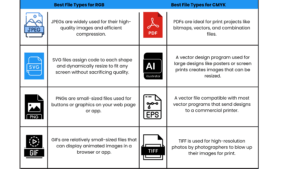
A. Image Quality & Format:
- Source Image Quality: To ensure the best print results, high-resolution images (above 300 PPI ) should be used.
- Color Management: Accurate color profiles and calibration are essential to maintain color fidelity and consistency.
B. Print Resolution:
- DPI (Dots Per Inch): Higher DPI indicates more detail and clarity.
- Standard Resolutions: Typically range from 300 DPI for high-quality prints to 720-1440 DPI for premium outputs.
- Application-Specific: Lower resolutions (150-300 DPI) are suitable for distant viewing, while higher resolutions (600-1440 DPI) are needed for close-up, detailed inspection.
4. Color Management
Producing accurate colors is another yet one of the most essential parts of the printing process that one should know about.
Apart from the graphic’s requirement, accurate tonal reproduction also depends on the ink and the media. Due to high chances of batch to batch inconsistency in the production of the ink or the media, it is advised to calibrate the printer once you refill your printer (thus it is advised to buy ink from the manufacturers only).
By calibrating your printer, using appropriate ICC color profiles for specific media or ink, through an inbuilt calibrator or Raster Image Processor (R.I.P.) software, reproducing accurate tones can be achieved successfully.
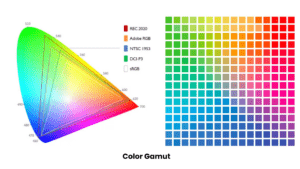
5. Printer Maintenance and Printer Care
Regular maintenance is important to keep your large format printer in optimal condition and extend its lifespan. Follow these basic steps to maintain your printer in better condition:
- Follow the manufacturer’s guidelines for cleaning printheads, inspecting ink levels, and ensuring proper paper feeding.
- Maintaining a clean printing environment and addressing any issues promptly will help to prevent print quality problems and minimize downtime.
- Familiarize yourself with the specific maintenance requirements of your printer model and establish a regular maintenance routine to ensure consistent performance.
- Regular maintenance prevents clogging, ensures accurate ink deposition, and extends the lifespan of your printer.
- Additionally, always keep the printing environment clean and dust-free to minimize print defects.
Conclusion:
Understanding the five must-know essentials for large-format printing is vital for achieving exceptional results. By familiarizing yourself with the different types of printers, the right ink and media, and color management.
One can ensure high-quality prints that meet the needs of various applications. Whether you’re producing detailed photographs, vibrant banners, or durable outdoor signage, these insights will help you. Embrace these essentials to enhance your large-format printing projects and stand out in your industry.
